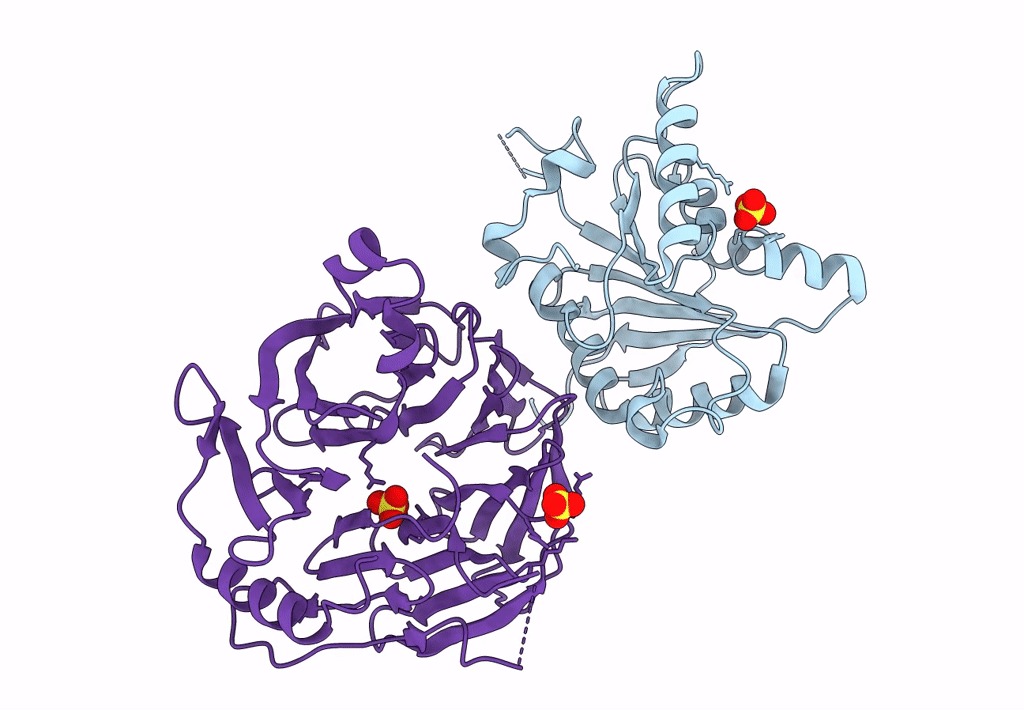
Deposition Date
2022-02-22
Release Date
2022-12-07
Last Version Date
2023-10-25
Method Details:
Experimental Method:
Resolution:
3.10 Å
R-Value Free:
0.27
R-Value Work:
0.22
R-Value Observed:
0.22
Space Group:
C 2 2 21


